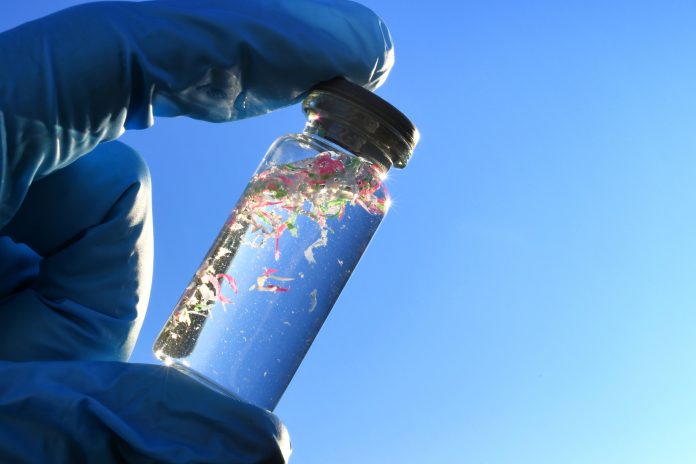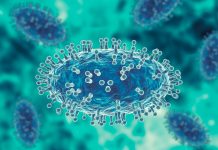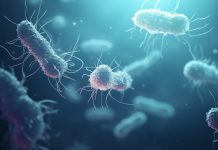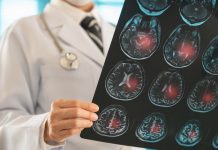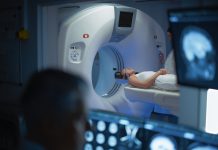A new ex vivo study shows that common microplastic particles can shift gut bacterial communities, with changes resembling patterns linked to depression and colorectal cancer
A landmark new study reveals that microplastics, which are plastic fragments smaller than 5 mm, can directly alter the human gut microbiome, even at exposure levels expected in daily life. The research, presented at UEG Week 2025, exposed stool-derived microbial cultures from healthy volunteers to five common microplastics and observed shifts in microbial composition and metabolic changes. Some of these alterations mirror bacterial patterns previously associated with depression and colorectal cancer, underscoring the potential serious health implications of microplastic ingestion.
Testing microplastics in human gut cultures
Microplastics are tiny plastic particles that result from plastic pollution. These small particles can be found everywhere, from the oceans to the mountains, and, more concerning, throughout the human body. According to one estimate, 2.7 million tonnes of microplastics entered the environment in 2020, a figure expected to double by 2040.
The study, conducted within the framework of microONE, is one of the first to directly examine how different types of microplastics interact with the human gut microbiome. As part of microONE’s broader mission to explore the effects of micro- and nanoplastic particles in the human body, the project will unlock new insights into the potential health impacts and highlight the urgent need for immediate and extensive further investigation.
The researchers used stool samples from five healthy volunteers to grow ex vivo gut microbiome cultures. The cultures were then exposed to five common microplastic types – polystyrene, polypropylene, low-density polyethene, poly(methyl methacrylate), and polyethene terephthalate – at concentrations reflecting estimated human exposure. It is also important to note that higher doses will be tested to investigate potential dose-dependent effects, which could provide crucial insights into the health risks associated with different levels of microplastic exposure.
How microplastics affect gut bacteria
The microplastic-treated cultures showed a consistent and significant increase in acidity (lower pH levels) compared to controls, indicating altered microbial metabolic activity.
Additional analysis revealed microplastic-specific shifts in bacterial composition, with certain bacterial groups increasing or decreasing in abundance depending on the type of microplastic. The researchers noted changes across several bacterial families, including Lachnospiraceae, Oscillospiraceae, Enterobacteriaceae and Ruminococcaceae, with the majority occurring within the phylum Bacillota, a key group of gut bacteria necessary for digestion and gut health.
These shifts in bacterial composition were accompanied by chemical changes produced by the bacteria, some of which corresponded with the observed decreases in pH. The researchers found that certain types of microplastics altered the levels of valeric acid and 5-aminopentanoic acid, while others affected lysine or lactic acid, highlighting the intricate and multifaceted nature of microplastic-microbiome interactions.
Notably, some of these microplastics induced changes in the microbial composition that reflected patterns previously associated with diseases such as depression and colorectal cancer, underscoring the impact of microplastics on the human body.
Commenting on the underlying mechanisms behind this effect, lead author Christian Pacher-Deutsch explained, “At this stage, the exact pathways remain unclear, but several plausible explanations are emerging. Microplastics may change microbial composition by creating physical or chemical environments that favour certain bacteria. For instance, biofilms can form on microplastic surfaces, providing new niches that some microbes colonise more rapidly.”
He added, “Microplastics may also carry chemical substances that directly influence bacterial metabolism. This can lead to changes in acid production, which may serve as a bacterial stress response, unintentionally altering the gut’s pH. These shifts could then trigger feedback loops that further affect the balance of the microbiome.”
Reflecting on the broader implications of the study, Pacher-Deutsch said, “These findings are significant given how pervasive microplastic exposure is in everyday life. Microplastics have been found in fish, salt, bottled water, and even tap water, meaning that most people are exposed daily through ingestion, inhalation and skin contact.”
“The key takeaway is that microplastics do have an impact on our microbiome. While it’s too early to make definitive health claims, the microbiome plays a central role in various aspects of well-being, including digestion and mental health. Reducing microplastic exposure where possible is therefore a wise and important precaution,” he concluded.

